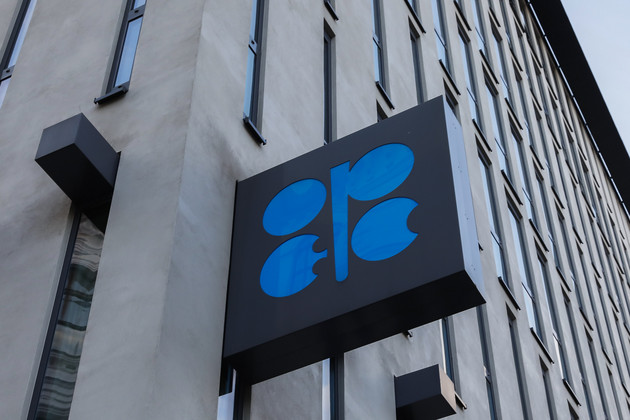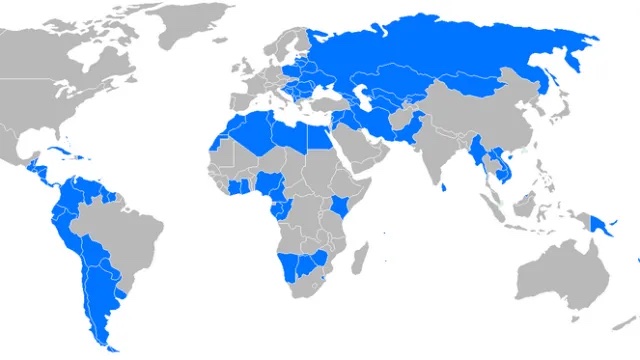Frontier Friday: A Closer Look at Uruguay

When looking at the economies of some Latin American nations, its hard to find much optimism among market participants. A region with both emerging and frontier markets, there is much today that could sway investors away from the region, despite recent positive headlines out of Argentina including the Senate vote to repay the country’s creditors. That said, not all is lost within the region, and opportunities do exist. Uruguay, for example, is one nation that stands out.
The quality of life index aside, Uruguay has yet to experience the economic strife that continues to plague neighboring Brazil. Nor has it seen the social unrest that has plagued Argentina. However, the weak outlook for Uruguay’s two larger neighbors–amid political uncertainty in Brazil and a sharp policy adjustment in Argentina–are headwinds for Uruguay. Despite declines in some key macroeconomic indicators in Uruguay, underlying trends point to economic resilience and continued political stability. According to ratings agency DBRS, macroeconomic management in Uruguay remains “predictable,” with the economy well-positioned to weather the regional downturn without a deterioration of its credit profile. In published commentary, DBRS points to Uruguay’s credit quality. “Resilient, stable and predictable” is how the country’s credit was described by analysts.
“Notwithstanding the deterioration of key indicators, Uruguay’s credit quality remains resilient. In the past, spillovers from its neighbors played a large role in Uruguay’s economic performance. While the trade and financial links remain important, three traditional risk areas – the financial sector, external accounts, and public debt – have shown limited signs of stress in the face of current regional and global weakness.”
The agency notes that despite years of instability in neighboring Argentina and the recent moves in Mexico’s peso (depreciation), the financial sector in Uruguay continues to show signs of stability. In addition, financial links to its neighbors have been significantly reduced. DBRS notes that non-resident deposits as a share of total deposits, which accounted for 41% in 2001 before the Argentine financial crisis, has averaged roughly 15% since 2011. “Moreover, risks associated with the dollarized economy and rising global interest rates appear to be contained,” Fergus McCormick, senior vice president of and head of sovereign ratings with DBRS said in the commentary. “Bank regulation ensures that domestic banks are well capitalized and dollar liabilities are more than offset by dollar assets. Dollar lending is predominantly directed towards the tradeable sectors that generate dollar denominated revenues.”
The slight deterioration in asset quality, McCormick explained, appears to largely reflect the economic slowdown, rather than peso depreciation.
Photo Credit: iStockphoto.com/OlafSpeier








